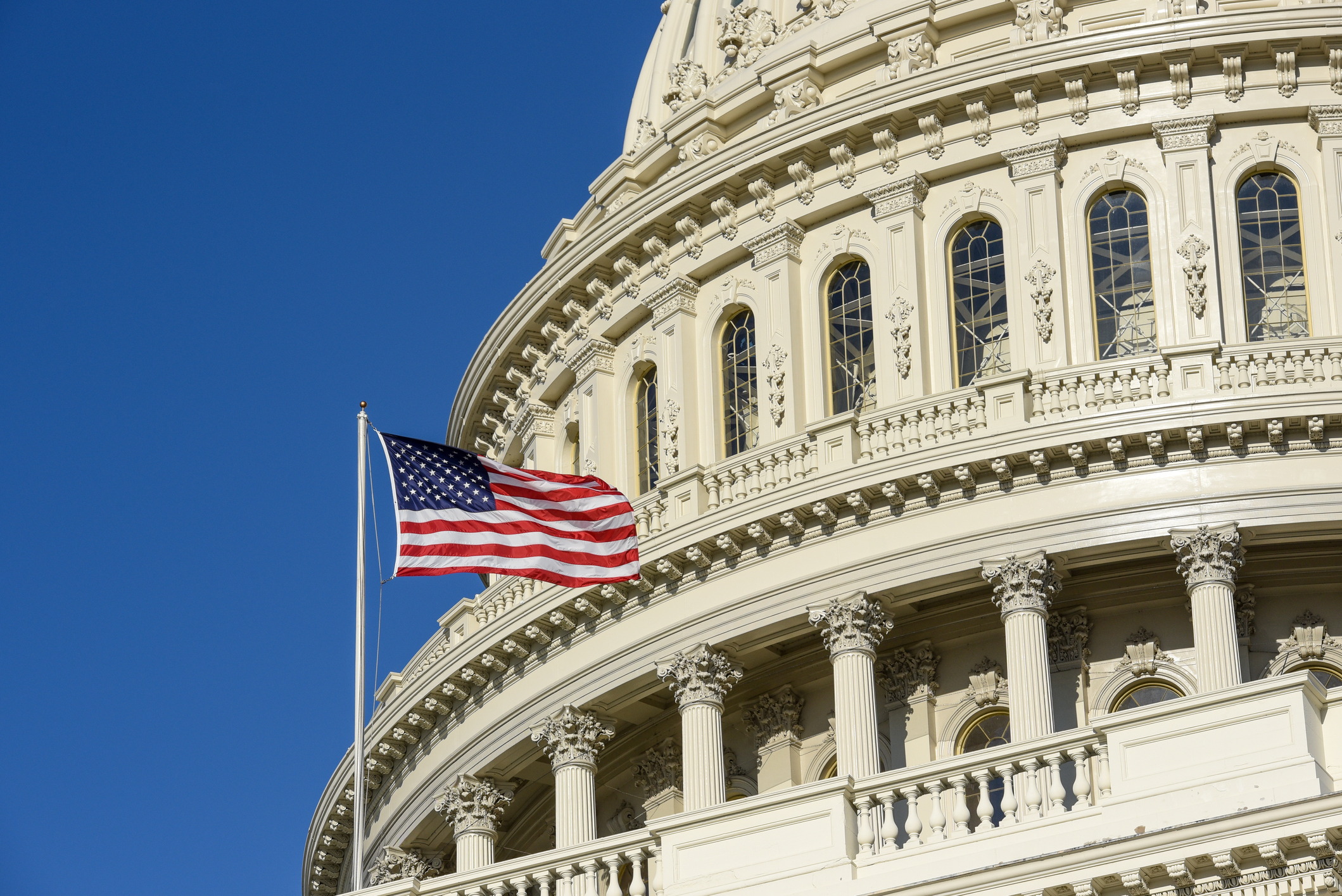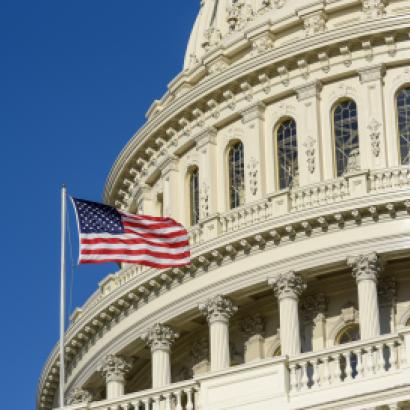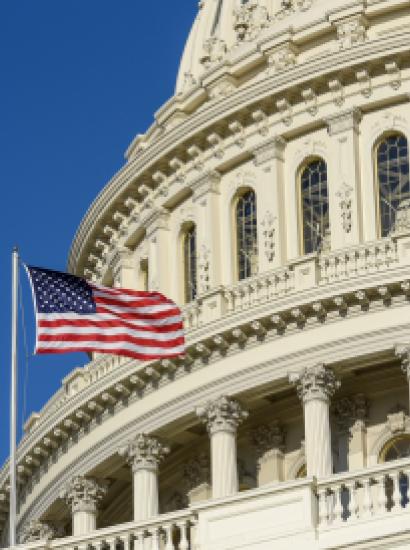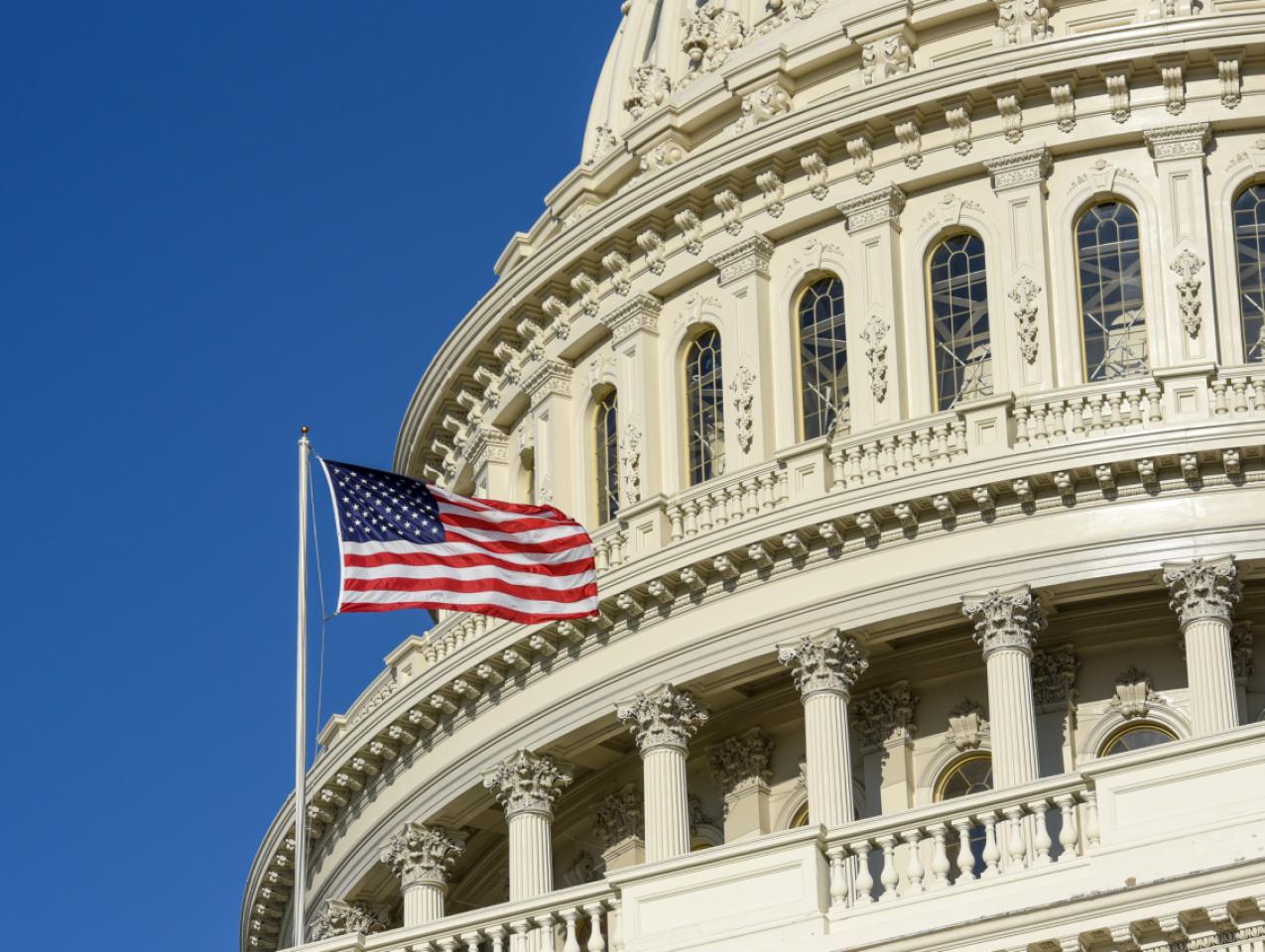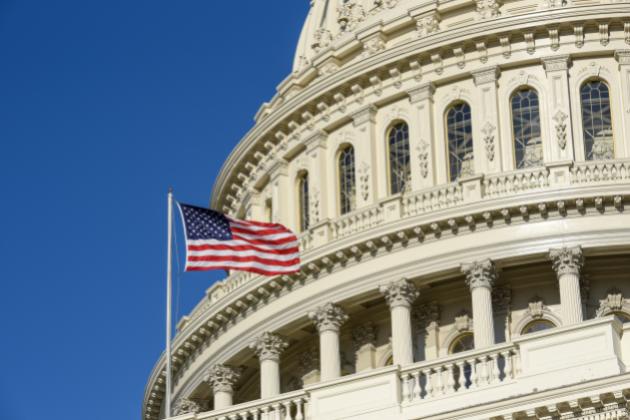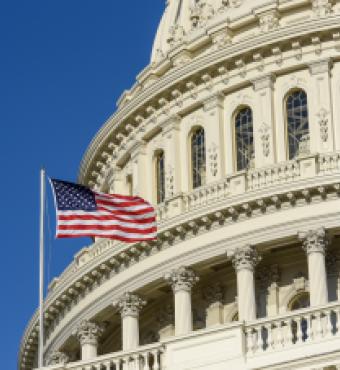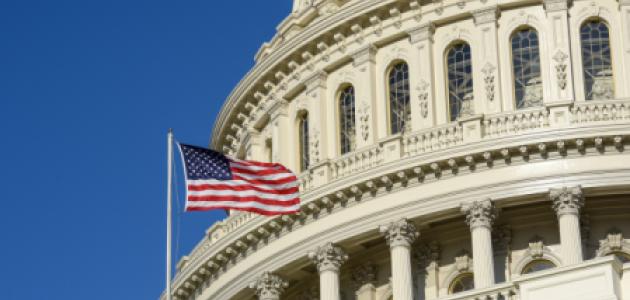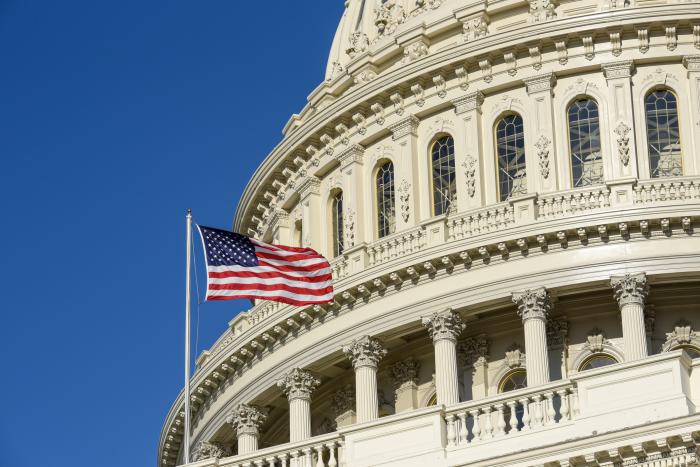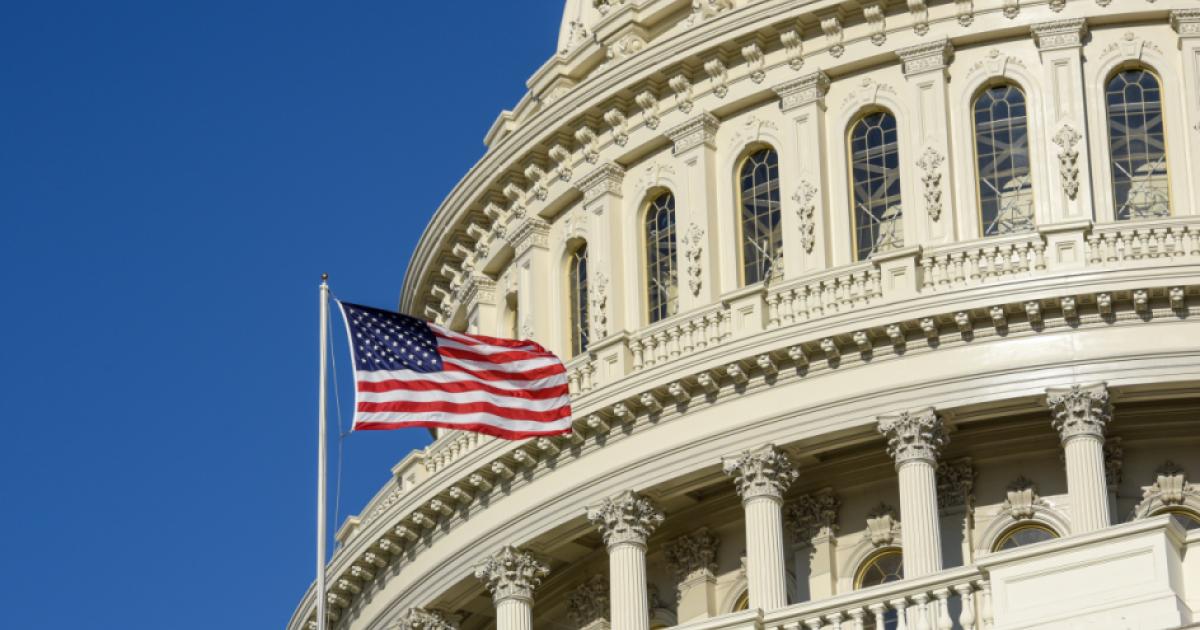- International Affairs
- Key Countries / Regions
- Middle East
- Security & Defense
- US Defense
- US Foreign Policy
- Revitalizing History
“Anyone who will say that religion is separate from politics is a fool; he does not know Islam or politics.” -Khomeini
American policies toward Iran have produced disappointing results due, in part, to a lack of appreciation for the ideology that drives Iran’s theocratic dictatorship. Conciliatory approaches toward Iran across multiple administrations have suffered from a narcissistic, self-referential tendency to assume that U.S. actions were the principal determinants of Iranian attitudes and behaviors. Despite the consistent failure of western efforts to mollify Tehran since the revolutionaries took power in 1979, President Joe Biden’s administration is poised to again pursue conciliation with proposals to lift economic sanctions against Iran in exchange for temporary commitments to curb its nuclear program. Conciliation will fail. It is past time to base Iran policy on what the historian Zachary Shore calls strategic empathy and the fundamental recognition that a revolutionary ideology drives and constrains Iran’s theocratic dictatorship. A strategy of maximum pressure that aims to force Iranian leaders to make a choice between either acting as a terrorist state or suffering the consequences of economic and diplomatic isolation is the best approach. The long-term goal should be to encourage a shift in the nature of the Iranian regime such that it ceases its permanent hostility and ends its proxy wars.
After the revolution in 1979 the Iranian regime turned hostile to the Great Satan (the United States), the little Satan (Israel), and others including its Arab neighbors, Britain, and Europe more generally. The destructive war with Iraq from 1980 to 1988 convinced Supreme Leader Ayatollah Khomeini and the clerical order that protecting the revolution requires exporting its ideology and pursuing hegemonic influence across the Middle East. Exporting the revolution requires driving the United States out of the region, weakening Arab states, and threatening Israel with destruction.
Although Iranian strategy is often described as “forward defense,” it is better understood as forward offence. The leaders of the Quds Force, the element of the Islamic Revolutionary Guards Corps (IRGC) that directs unconventional warfare and intelligence activities, believe that they are protecting the “purity of the revolution.” After suffering more than a million casualties and losing nearly $645 billion during the Iran-Iraq war, those leaders committed to extraterritorial operations. The IRGC oriented its strategy on two principal enemies—Saudi Arabia and Israel. But U.S. support for those countries led Iran to prioritize acts of aggression against the United States.
Consider a short highlight reel from Iran’s proxy war against the United States. In Tehran in 1979: revolutionaries stormed the U.S. embassy and held 52 Americans hostage for 444 days. In Lebanon in October 1983: Iranian trained terrorists kill 241 servicemen in a Marine barracks and 58 French paratroopers in their headquarters. Six months earlier, a truck bombing of the U.S. Embassy killed 63 people including 17 Americans. Across the 1980’s and early 1990’s, Iranian-sponsored terrorists kidnapped 100 foreigners and tortured to death a CIA Station Chief and a Marine Colonel. In Saudi Arabia in 1996: a Hezbollah truck bomb outside Khobar Towers killed 19 American Airmen. In Iraq from 2004 to 2011: Iranian backed militias killed over 600 American servicemen and women with bombs manufactured in Iran. In Iraq and across the Persian Gulf from 2019 to 2021: Iranian forces and proxies blew up oil tankers, fired missiles into neighboring countries, attacked Saudi oil facilities, shot down a U.S. drone, attacked the U.S. embassy in Baghdad, and rocketed U.S. bases in Iraq.
The regime’s Islamic Revolutionary Guards Corps gets away with murder due, in part, to the belief held across multiple U.S. administrations that the Iranian regime would respond positively to a conciliatory approach. But when Iran has moderated its behavior, it did so only in response to intense political, economic, and military pressure. Late in the 1980s when it was in shambles from the Iran-Iraq War, Iran released all U.S. hostages. In 2013, under pressure from sanctions, cyberattacks, covert action, and the prospect of a military strike, the regime agreed to nuclear talks. In January 2020, a U.S. strike killed IRGC Quds Force Commander Qasem Soleimani in Baghdad. Iran’s retaliation was muted and proxy attacks diminished. Subsequently, unrest spread throughout Iran due to popular discontent and the IRGC’s accidental downing of a civilian airliner.
Another reason why the regime gets away with murder and has been able to escalate its proxy wars with relative impunity is because the United States tends to view incidents of Iranian hostility in isolation rather than to see them as part of a pattern of sustained aggression stemming from the Islamic Republic’s regional ambitions and its foundational, anti-American and anti-Israel ideology. For example, despite having been tarnished by the arms-for-hostages scandal under the Reagan administration while he was Vice President, George H.W. Bush sought the release of nine U.S. hostages held in Lebanon. He offered an olive branch to Tehran in his inaugural address on January 20, 1989, observing that “goodwill begets goodwill” and expressing his hope that “good faith can be a spiral that endlessly moves on.” But after his administration expressed good will with the release of $567 million dollars frozen after the Tehran embassy attack in 1979, the IRGC terrorist network went global. The IRGC supplied terrorist cells in Europe with weapons to attack their political enemies and Western interests. New Supreme Leader Ayatollah Ali Khamenei, the IRGC and the Iranian-supported Lebanese terrorist group Hezbollah directed worldwide attacks including a 1989 failed bombing in London in an attempt to assassinate the author Salman Rushdie, a 1992 bombing of the Israeli Embassy in Argentina that killed twenty-nine people, a 1994 bombing of a Jewish community center in Argentina that killed eighty-five people, and the bombing of Flight 901 on its way from Colon to Panama City, Panama, that killed all twenty-one of its passengers.
President Bill Clinton did not give adequate attention to the ideology of the regime or the context of its sustained proxy war when he decided not to retaliate against Iran for the 1996 bombing of the Khobar Towers complex in Saudi Arabia which killed nineteen U.S. Air Force personnel. The new Iranian President, a former librarian with whom Clinton thought a conciliatory approach might work, Mohammed Khatami, categorically denied, as Iranian leaders always do, that Iran supports terrorist operations overseas. Khatami played to Americans’ serial gullibility as he held out hope for reform in Iran, describing an internal political competition in which “one political tendency firmly believes in the prevalence of logic and the rule of law” and “another tendency believes it is entitled to go beyond the law.” He even called for a “dialogue between civilizations.” Retaliation for the mass murder of U.S. airmen might have spoiled the potential for conciliation to really work this time. But the proxy war went on.
The Barack Obama administration took the conciliatory approach to a new level. The administration’s high hopes for the nascent Nuclear Deal led it to scale back what had been a promising effort to constrain Iran’s aggression. From 2008 to 2016, Project Cassandra disrupted Iran’s ability to fund its proxies abroad including Lebanese Hezbollah’s international funding networks. But as Treasury official Katherine Bauer later recalled, “the investigations were tamped down for fear of rocking the boat with Iran and jeopardizing the nuclear deal.”
And once the deal went into effect, the Obama administration was determined to avoid confrontations that might undo the agreement. As American money flowed into Iran and Iranian exports tripled, funding for terrorist organizations and IRGC operations across the region soared. Hezbollah received an additional $700 million per year; another $100 million went to various Palestinian militant and terrorist groups, including Hamas which, in May of 2021 fired nearly four thousand rockets into Israel. The Obama administration’s conciliatory approach strengthened the Iranian regime psychologically as well as financially. In contrast to the language in the preamble of the Joint Comprehensive Plan of Action (JCPOA) that signatories would “implement this JCPOA in good faith and in a constructive atmosphere” and “refrain from any action inconsistent with the letter, spirit, intent” of the agreement, the IRGC intensified operations in Syria, Iraq, Lebanon, Yemen, and Eastern Saudi Arabia. For example, in October of 2015, only months after the signing of the JCPOA, hundreds of Iranian troops arrived in Syria over a ten-day period to bolster offensive operations in Idlib and Hama. The IRGC also continued a series of ballistic missile tests in violation of UN Security Council resolutions.
It was clear that the Obama administration was neither considering the ideology that drives the Iranian regime nor the historical record of Iran’s proxy war against the United States. Just prior to Iran signing the agreement in the summer of 2015, the U.S. State Department flew pallets of euros and Swiss francs into Geneva where trams loaded them on Iranian cargo planes headed for Tehran. That same day, Iran released four Americans who had been, in effect, hostages. It was an operation reminiscent of the arms-for-hostages arrangement under the Reagan administration. Iran’s leaders regarded the thinly veiled cash-for-hostages payment as a sign of weakness rather than the metaphorical “outstretched hand” of conciliation that President Obama offered in a June 2009 speech in Cairo. The lie that the cash payment and the hostage release were disconnected encouraged Iran’s long practice of using hostages for coercion to extort favorable terms, and the revolutionaries in Tehran portrayed the ransom payment as admission of American guilt and weakness. Hossein Nejat, deputy Intelligence Director of the Islamic Revolutionary Guard Corps, stated that ransom payments demonstrated that “the Americans themselves say they have no power to attack Iran.” In the months that followed the payoff, in addition to multiple missile launches, the regime boasted about its nuclear stockpiles; awarded an IRGC Commander with American blood on his hands a medal; seized two U.S. Navy vessels; arrested ten sailors and paraded them in front of cameras before releasing them fifteen hours later. As they did in the past, after receiving the payoff, Iran took new hostages, detaining Princeton graduate student Xiyue Wang in 2016 while he was conducting research on the Qajar empire and learning Farsi for a PhD in Eurasian history. As in the past, goodwill did not beget goodwill and conciliation led to Iranian escalation, not moderation.
The Biden administration’s latest efforts at conciliation will give the regime resources to intensify its proxy wars and embolden Iranian leaders. From 2008 to 2018, Iran spent nearly $140 billion on its military and combat operations abroad. Between 2017 and 2019, the United States sanctioned approximately one thousand Iranian individuals and organizations. In 2018, the rial declined four-fold against major currencies, and oil exports, which generate most of the regime’s income, dropped to one million barrels a day from a high of 2.5 million. Sanctions, a decrease in gross domestic product, and high inflation resulted in a ten percent reduction in military spending. Hezbollah’s stipend was halved and Iran was having trouble meeting payroll for its proxy army in Syria. But in anticipation of the Biden administration’s conciliatory approach, the pressure on Iran is already dissipating. China has signed a strategic partnership agreement with Iran and is purchasing a million barrels of Iranian oil per day.
The conciliatory approach will give the regime psychological as well as financial strength. In November 2019, after attacks on U.S. bases in Iraq, IRGC Commander Salami crowed “you have experienced our power in the battlefield and received a powerful slap across your face and could not respond… If you cross our redlines, we will annihilate you.” Just prior to the U.S. strike that killed Quds Force commander Qasem Soleimani and Iraqi militia leader Abu Mahdi al Muhandis in Baghdad on January 3, 2020, the Supreme Leader, referring to the prospect of U.S. retaliation for Iranian proxy attacks on U.S. bases and the U.S. Embassy in Iraq, taunted President Donald Trump saying: “you can’t do anything.” The regime had clearly been conditioned to believe so. The Biden administration’s effort to resurrect the Iran nuclear deal in the face of continued Iranian aggression is no doubt encouraging Khamenei to return to his conclusion that the United States cannot do anything to counter his proxy wars against the United States and our allies and partners in the region.
The Biden administration should learn from history, abandon its conciliatory approach and return to a policy based on the recognition that when Tehran has moderated its behavior, it has only done so in response to intense political, economic, and military pressure. A strategy based on an empathetic understanding of the nature of the regime and the ideology that drives and constrains its leaders’ behavior should prioritize three actions. First, work with partners to improve collective defenses against Iranian military and terrorist capabilities. Second, disrupt Tehran’s path to a nuclear weapon, but not by trying to resurrect a weak nuclear agreement that could provide cover for a clandestine program while the regime uses sanctions relief to accumulate the resources to fully realize its nuclear goal. Third, impose heavy financial costs on the Iranian regime to limit the resources available to Tehran for the development of destructive weapons and the prosecution of its proxy wars across the Middle East and beyond.
Finally, while understanding what drives and constrains Iranian leaders is critical to U.S. policy, so is an appreciation for the broad range of beliefs and perspectives held by the Iranian people themselves. The Iranian people’s attitudes are neither uniform nor immutable, which is why a long period of friendship between the U.S. and the Iranian people preceded the Revolution. While the Iranian regime cannot be changed from the outside, engagement with the Iranian people can help constrain the regime’s use of demagoguery to justify external aggression and internal repression. Penetrating or circumventing the regime’s restrictions to maximize positive contacts with Iranians can help counter the regime’s narrative. Dialogue might also increase social pressure on the regime by reducing Iranian leaders’ ability to blame the Great Satan, the Little Satan, and others for the tragedy of the modern Islamic Republic. The United States and other nations should not take blame for the failing Iranian economy in place of those whose corruption and militarism are preventing normal economic engagement and Iranian prosperity. Iran is a tragedy not only because of the devastation and suffering it has caused, but also because of its leaders’ failure to take advantage of the tremendous potential of its people and natural resources. The Supreme Leader’s theocratic authority through the concept of velayat e faqih or rule of the jurist is not universally accepted in Shiism. Many see the corrupt authoritarian system cloaked in religion as heretical. Investigative journalists and analysts should publicize money spent on Iran’s proxy wars, as well as the vast wealth of government officials and clerics associated with the bonyads, to clearly show the Iranian people how their wealth is squandered. In public statements, foreign leaders should be careful to distinguish the Iranian regime from the Iranian people. Failure to do so only allows the regime to continue to deflect criticism away from their own failures to take advantage of the country’s tremendous gifts, including its educated population, geostrategic location, and natural resources.







